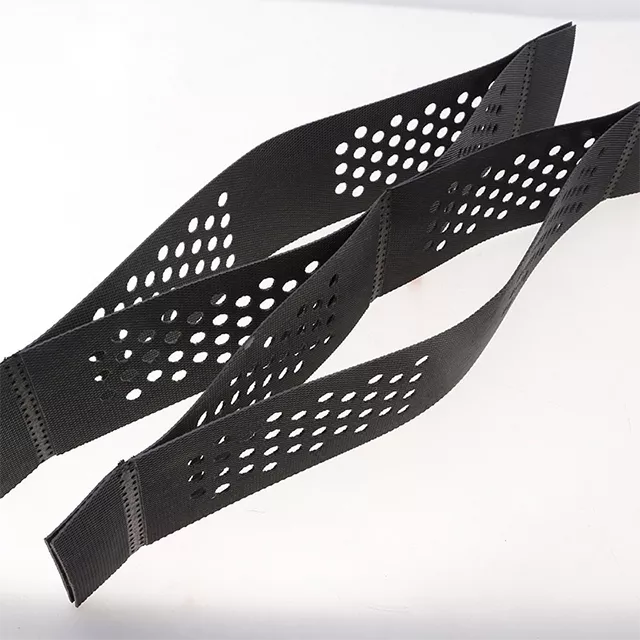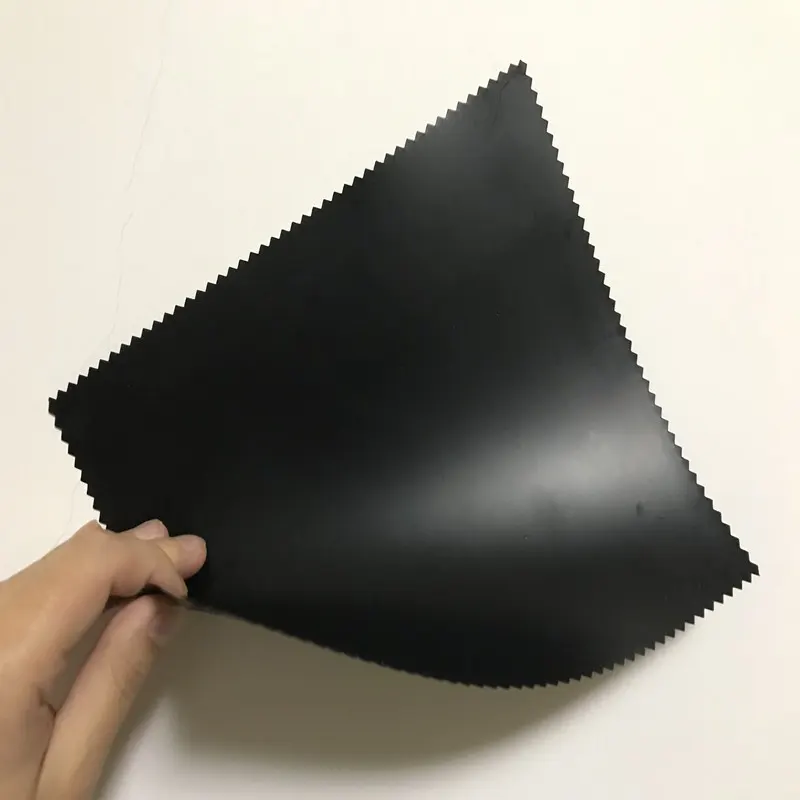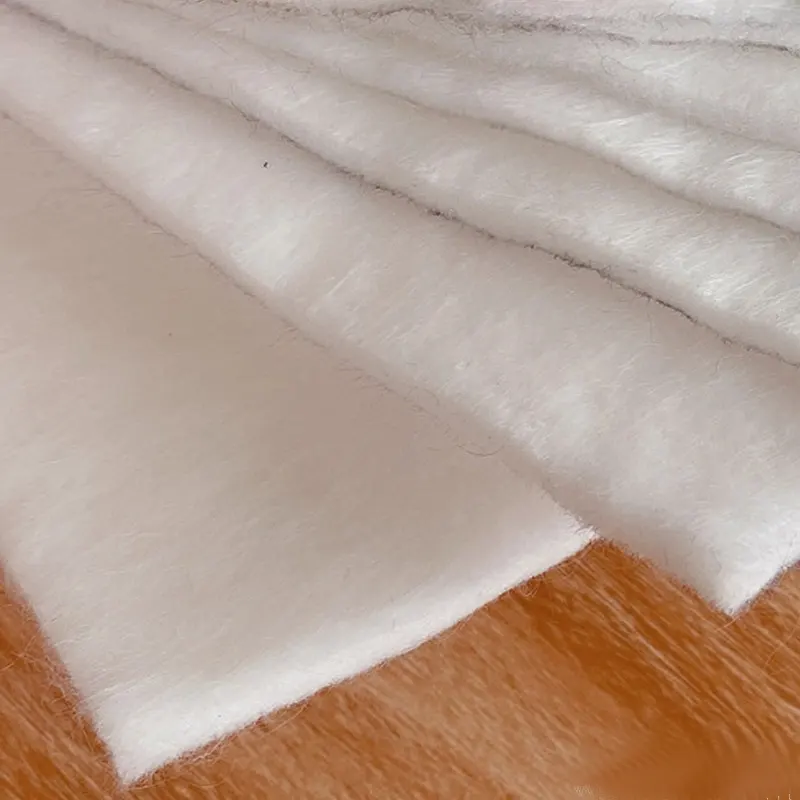Excellence Through Innovation
Application Overview
Ecological protection refers to comprehensive action to maintain biodiversity, restore damaged ecosystems, and ensure the sustainable use of natural resources through scientific, legal, engineering, and social means. Its core goal is to achieve harmonious coexistence between humans and nature.
Geomaterials are increasingly used in ecological protection. Their combination of engineering performance and eco-friendliness makes them an effective means of addressing environmental issues such as soil erosion, slope stability, and pollution control.
Geomaterials are increasingly used in ecological protection. Their combination of engineering performance and eco-friendliness makes them an effective means of addressing environmental issues such as soil erosion, slope stability, and pollution control.
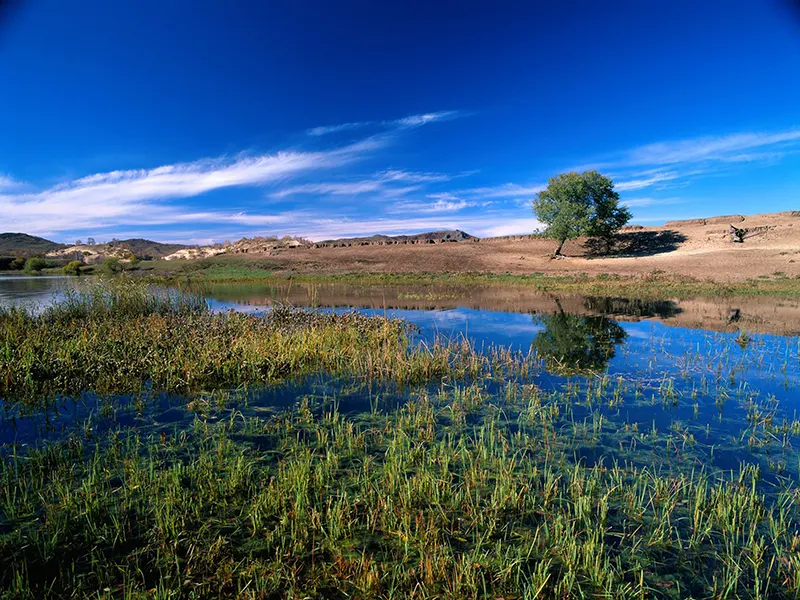
- Description
Geotechnical materials are increasingly being used in ecological protection. Combining engineering performance with eco-friendly properties, they have become an effective means of addressing environmental issues such as soil erosion, slope stability, and pollution control. The following are key application areas and specific examples:
1.Slope Ecological Protection and Reinforcement
Geogrids/Geomats:
- Used for reinforcing slopes along roads, railways, and rivers, their three-dimensional structure stabilizes soil, promotes plant root growth, and forms a composite "engineering + vegetation" protective layer, reducing soil erosion.
- Advantages: Highway slopes reinforced with geogrids and then covered with soil and grass for ecological restoration, effectively extending the lifespan of the highway.
Eco-bags:
- Made of biodegradable materials, these bags are filled with planting soil and seeds and stacked to form a flexible slope protection structure. As plants grow, the bags gradually decompose, blending seamlessly with nature.
- Advantages: Suitable for steep slopes, they offer both permeability and erosion resistance. They effectively prevent landslides.
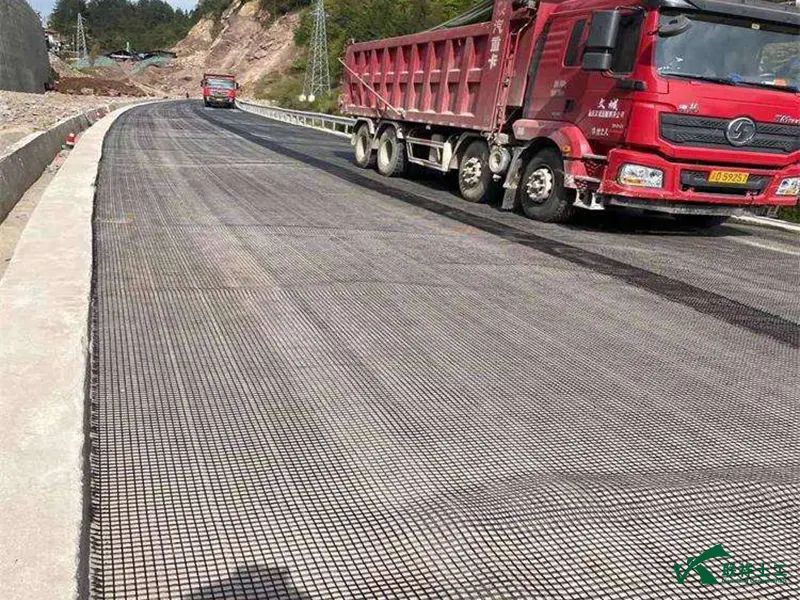
2. Soil and Water Loss Control
Geotextile (Non-woven Fabric):
- Applied to exposed surfaces or riverbanks, it filters water, stabilizes soil, and creates conditions for vegetation restoration. It is commonly used in mine reclamation and temporary construction projects to protect exposed surfaces.
- Advantages: Laying geotextiles during tailings pond reclamation reduces dust and promotes the growth of herbaceous plants.
Vegetation Blanket:
- Combined with natural fibers such as straw and coconut fiber and geonet, it is laid directly on the slope, providing immediate protection and assisting plant germination.
- Features: Low-cost and easy to install, suitable for short-term ecological restoration projects.
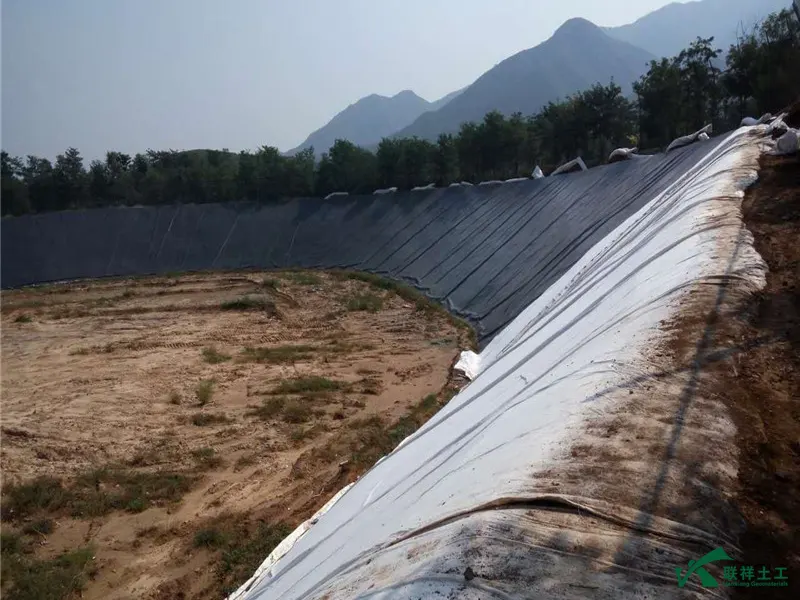
3. Wetland Protection and Pollution Control
Geomembrane (Impermeable Membrane):
- Used for anti-seepage at the bottom of constructed wetlands, preventing pollutants from seeping into groundwater while also controlling water flow to enhance purification. The use of impermeable membranes in tailings treatment projects effectively prevents groundwater seepage and reduces flooding incidents.
- Extended Application: Combined with adsorbent geomaterials such as zeolite and activated carbon, it improves the removal rate of heavy metals and organic pollutants in wetlands.
Ecological Floating Islands:
- Using geomaterials as a matrix to support aquatic plants, purifies eutrophic water bodies and provides a habitat for organisms.
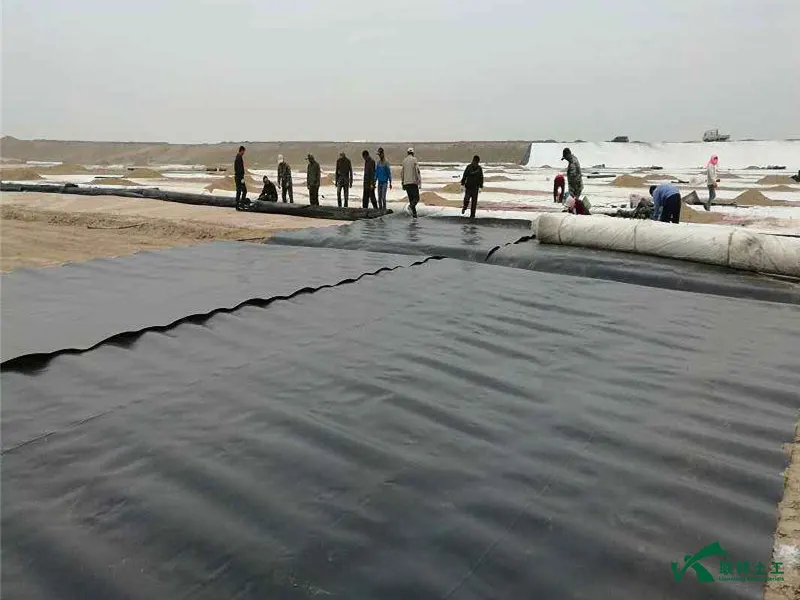
4. River Ecological Restoration
Gabion + Geotextile Combination:
- The gabions provide structural stability, the geotextile prevents sediment loss, and naturally growing plants in the gaps enhance the ecological health of the shoreline.
- Advantage: More conducive to aquatic life than traditional concrete revetments.
Flexible Ecological Revetment:
- Permeable geosynthetics (such as geotextile tubes) are filled with local materials to create a porous structure, promoting ecological exchange between water and land.
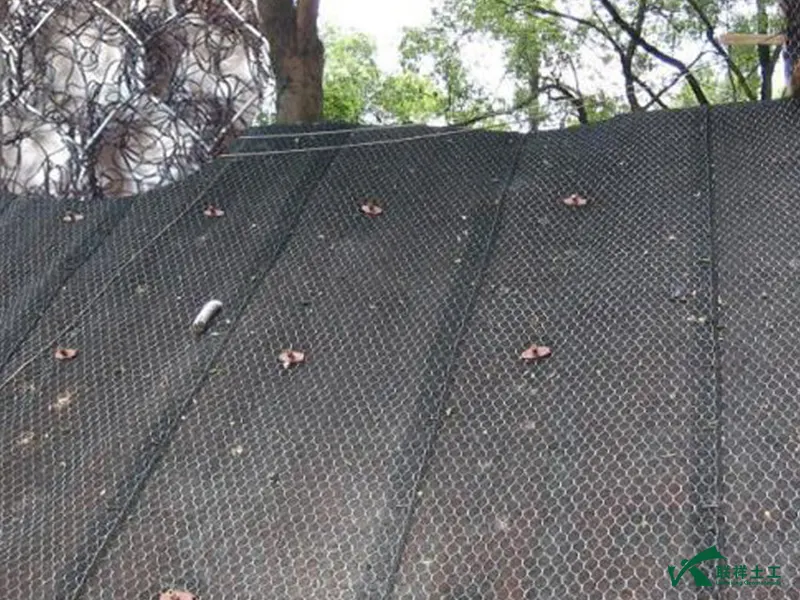
5. Ecological Closure of Landfills
Composite Liner System:
- This system utilizes a multi-layered structure consisting of HDPE geomembrane, geotextile, and GCL (bentonite blanket) to prevent leachate from contaminating the surrounding soil. After closure, the landfill is covered with soil and greened.
- Eco-Design: Drought-tolerant plants are planted on the top cover to reduce rainwater infiltration and enhance environmental beautification.
6. Saline-Alkali Land Improvement
Drainage Geocomposite Material:
- Laid below the surface of saline-alkali land, it blocks the rise of salt through capillary action. Combined with leaching and drainage, it reduces soil salinity and creates favorable conditions for the growth of salt-tolerant plants.
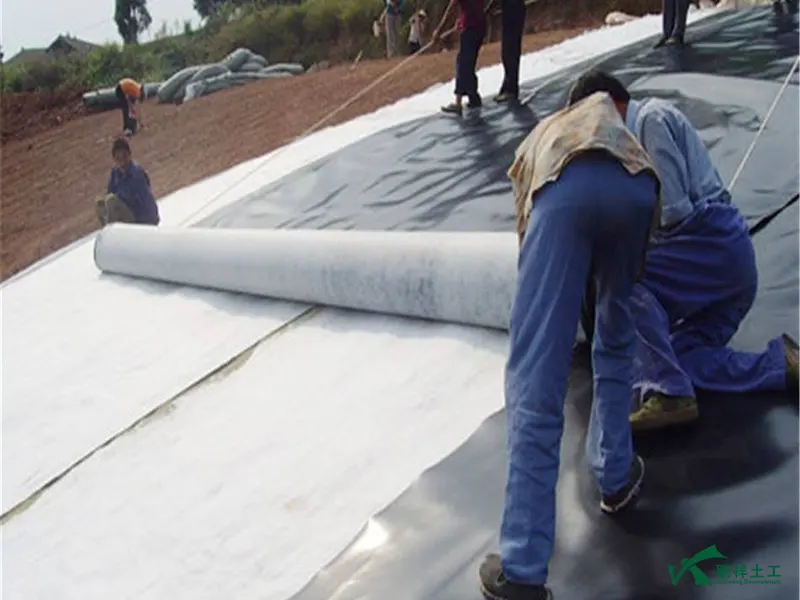
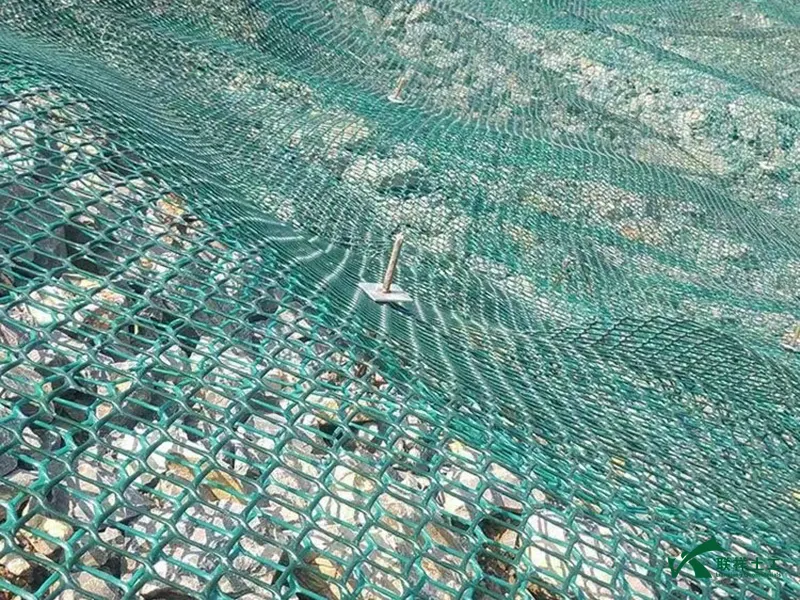
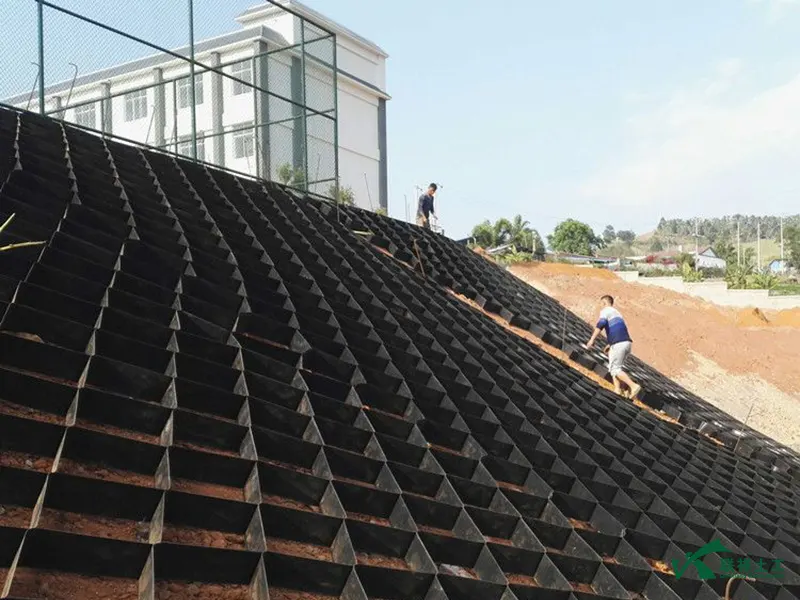
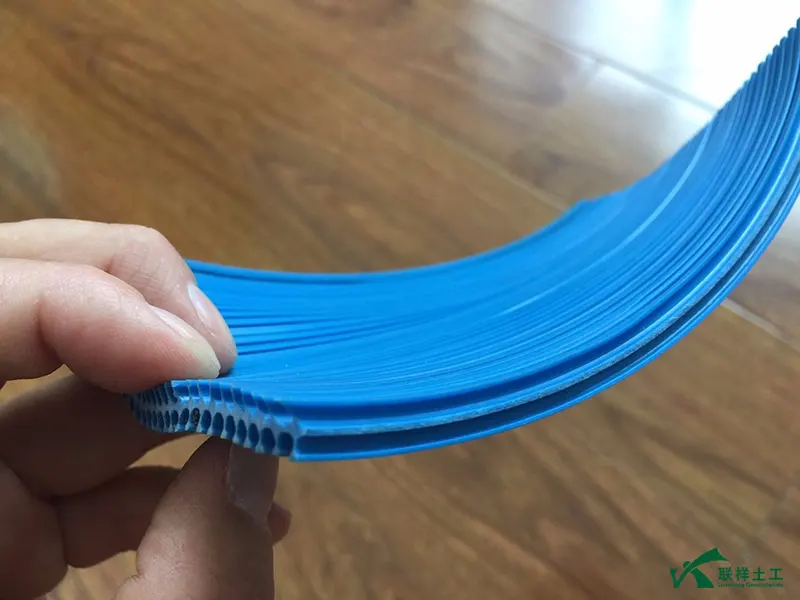
Ecological Benefits and Trends
- Improved Biocompatibility: New biodegradable materials (such as polylactic acid (PL) geotextiles) reduce secondary pollution.
- Intelligent Application: Geocomposite materials embedded with sensors monitor slope stability or pollution spread in real time. Natural Synergistic Design: Biomimetic Geomaterials that Mimic Root Structures Enhance Ecological Integration.
Through appropriate material selection and design, geomaterials achieve a balance between engineering safety and ecological sustainability while protecting the environment, serving as a key supporting technology for green infrastructure construction.
Contact
Address
No. 6 Great Wall Road, Taian City, Shandong, China
EMail
admin@lianxiangcn.com
Hotline
+86-185 5418 0188
Shandong Lianxiang Engineering Materials Co., Ltd. All Right Reserved
-
WhatsApp
-
E-MailE-Mail:admin@lianxiangcn.com
-
WeChatWeChat:18554180188


